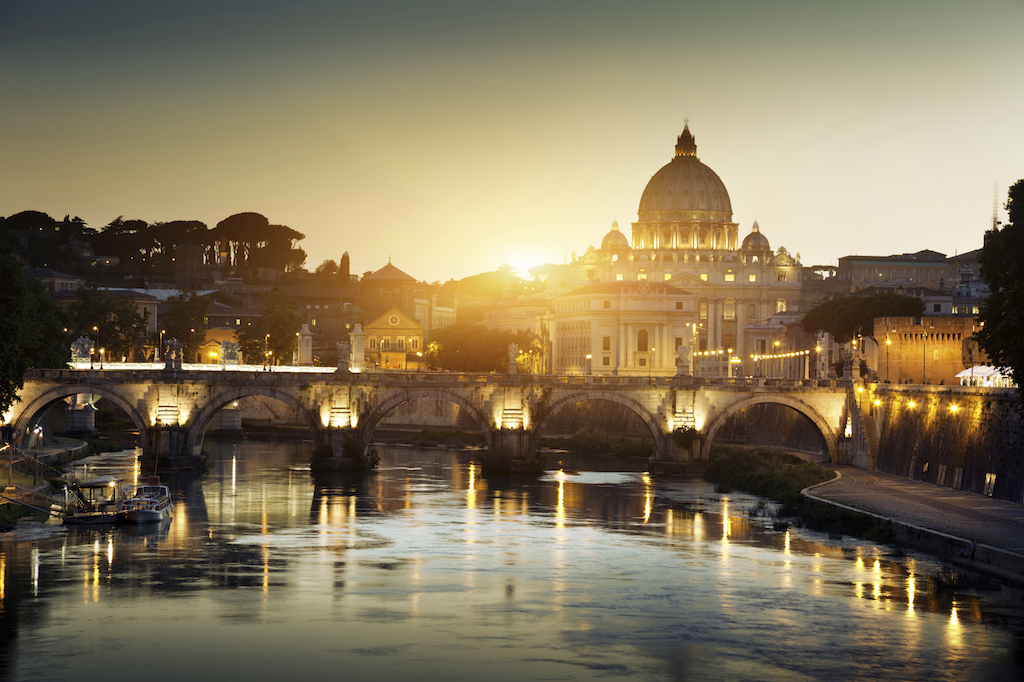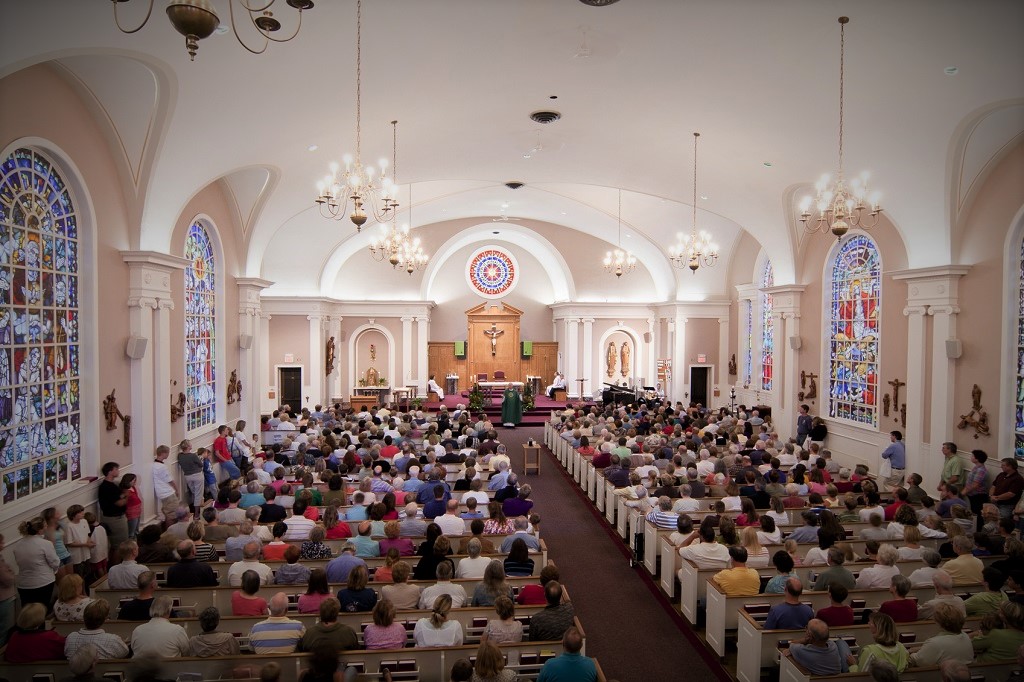This past Sunday, Pope Francis proclaimed seven new saints, once again reminding the faithful that sainthood is for everyone, not merely for a select few.
In his homily, Pope Francis said:
The saints are men and women who enter fully into the mystery of prayer. Men and women who struggle with prayer, letting the Holy Spirit pray and struggle in them. They struggle to the very end, with all their strength, and they triumph, but not by their own efforts: the Lord triumphs in them and with them. The seven witnesses who were canonized today also fought the good fight of faith and love by their prayers.
The newly-proclaimed saints are:
- José Sánchez del Río, a 14-year-old boy who was killed in 1928 in Mexico during the “Cristero” struggle which opposed the government’s anti-Catholic and anticlerical policies.
- Brother Salomone Leclercq, a martyr of the French revolution, who like many religious at the time, refused the government’s orders to either revoke their vows or to leave the country
- José Gabriel del Rosario Brochero, an Argentinean priest known as the “Gaucho priest,” who lived and worked among the poor; Pope Francis praised him for smelling “of sheep”
- Spanish Bishop Palencia Manuel González García, founder of the Congregation of the Eucharistic Missionaries of Nazareth, the Disciples of Saint John, and the Children of Reparation; known as the “bishop of the tabernacle” for his devotion to the Eucharist
- Father Lodovico Pavoni of the Italian city of Brescia, founder of the religious congregation ‘Sons of Mary Immaculate’ or ‘Pavonians’
- Alfonso Maria Fusco, a priest from the southern Italian city of Salerno, founder of the Congregation of the Sisters of St. John the Baptist, commonly known as Baptistine Sisters
- French Discalced Carmelite mystic and writer Elizabeth of the Trinity who died aged just 26 in 1906 from Addison’s disease, but not before leaving behind writings of great faith and depth
The Holy Father exhorted the faithful to prayer, saying, “To pray is not to take refuge in an ideal world, nor to escape into a false, selfish sense of calm. On the contrary, to pray is to struggle, but also to let the Holy Spirit pray within us. For the Holy Spirit teaches us to pray. He guides us in prayer and he enables us to pray as sons and daughters.”

